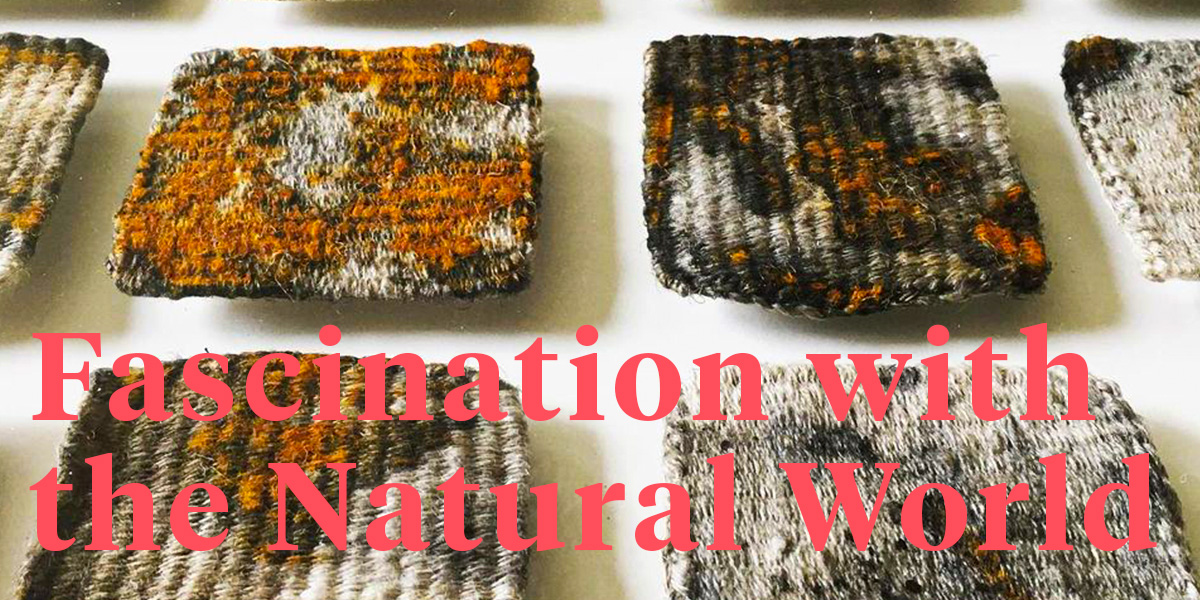In the years that I studied textile design at university, the work of Alice Fox was a continual source of ideas. A natural fiber artist experimenting with materials found and foraged, gathered and grown, Alice’s body of work reflects her fascination with the subtleties of the natural world, with pieces ranging from Kantha stitched eucalyptus leaves to rust-stained tapestries, woven grass baskets and hand-bound books, their pages marked by plants, tea, walnut ink, and stitch.
A Continual Source of Ideas
Alice is also a scientist and gardener, with a background in nature conservation and geography, and an allotment plot where she studies, tests, and records the material capabilities of plants. I recently caught up with Alice to learn more about her art practice, interest in materials and low-impact making, and why she loves nettles. 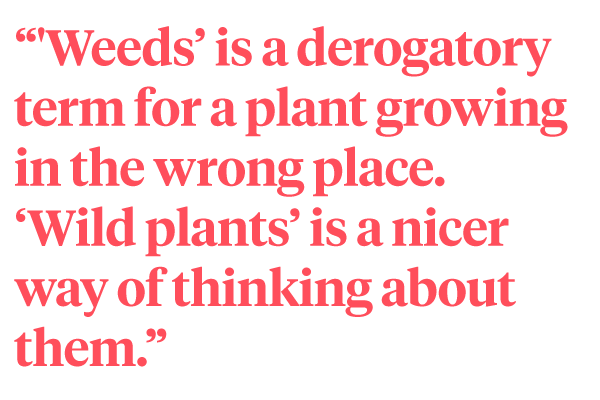
Please tell us about you and your life working as a natural fiber artist.
"I have worked as a full-time freelance artist since graduating from a textiles degree in 2011. Prior to that, I worked in nature conservation. I have just completed an MA in Creative Practice and I live and work in West Yorkshire, UK. I have a small studio above a nearby shop but I also work at home and at my allotment, which was the focus of my MA research. I teach workshops regularly all over the country and sometimes abroad. This takes me to some lovely places, and I meet wonderful people. I feel very lucky to be able to make a living by doing what I enjoy so much. Being an artist is more a way of life than a job – everything is intertwined."
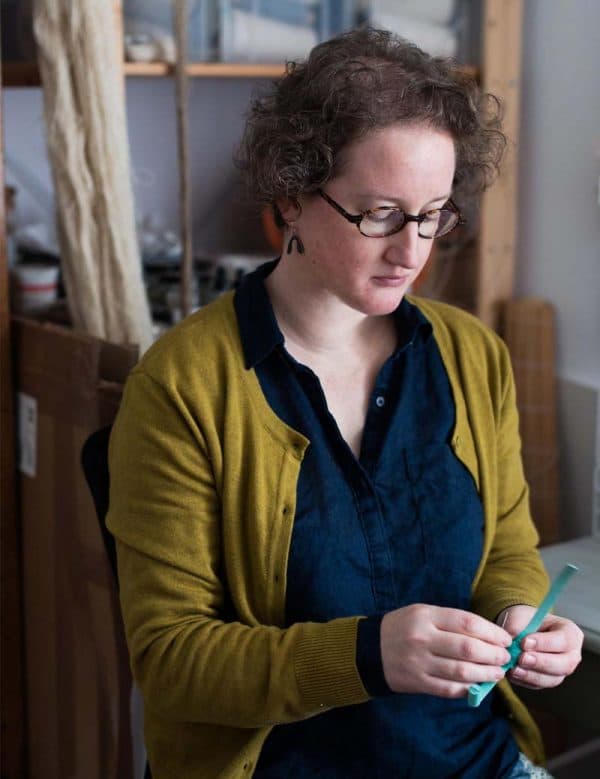
What was your life like growing up and how did it influenced who you are today?
"I grew up with grandparents who made things – both grandfathers seemed able to mend anything; my maternal grandmother was a shell expert and made beautiful toys and clothes; my paternal grandmother spun wool, knitted and wove – I have her floor loom. My Dad was a geography teacher and my mum a musician and amateur botanist. We had family holidays on the west coast of Scotland, and these were filled with exploring the beautiful coastal landscape, climbing mountains, and identifying the things we found there – birds, flowers, etc. I’ve been passionate about the natural world all my life, celebrating the detail of what is around us. I studied art, geography, and biology at A level, so I have always been interested in a mix of arts and science."
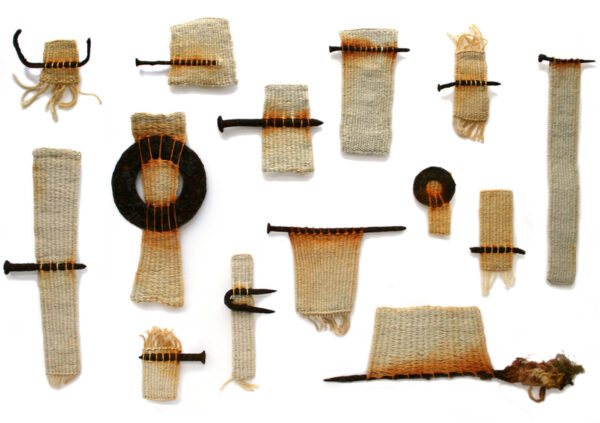
Have you always been creative?
"Yes, I was always making things as a child. When I left home and during my first career I found ways to be creative through cooking, gardening, and drawing. We can be creative in so many areas of life even if we’re not specifically making art."
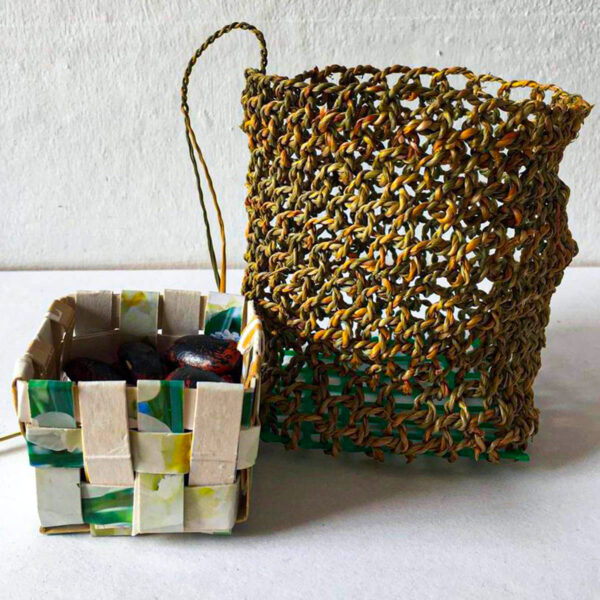
You have a background in science, with experience working in physical geography and nature conservation. Why did you decide to leave these careers and instead focus on life as an artist?
"I loved my work in nature conservation but it became incompatible with looking after two small children. After leaving my job I spent more time making things for my children, which developed into making things to sell. Therefore, I took an adult education course in textiles techniques and decided I wanted to re-train, ending up doing my degree part-time. My artistic practice is underpinned by my passion for the natural world and issues of sustainability."
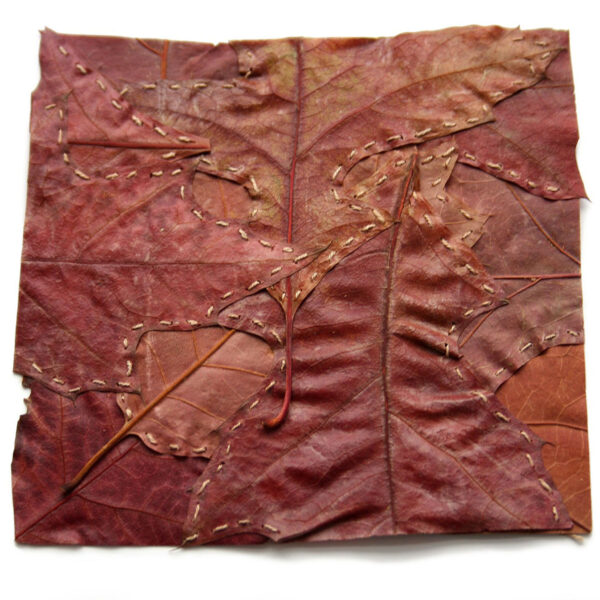
What are some of the themes that influence your practice?
"I aim to work in an as low-impact way as possible, so I am always considering where materials come from and what the impact of my making might be. Undertaking my MA research allowed me to really focus on material sourcing and consider self-sufficiency in terms of art materials. I use found objects, gathered, and grown materials. I explore what the possibilities are with the things that I find, employing natural dyes, stitch, weave, and soft basketry techniques. These elements come together in different combinations to create grouped surfaces and structures."

Why are art and mark-making a powerful vehicle to discuss broader issues facing the future of our world?
"Art enriches our lives, but it also makes us think in new ways. It can raise questions, awareness, and provide insight in a way that is approachable. The world doesn’t need more ‘stuff’ but if we can work in a sustainable way and help other people to think about the impact of their lives then what we make can be a positive force for change."
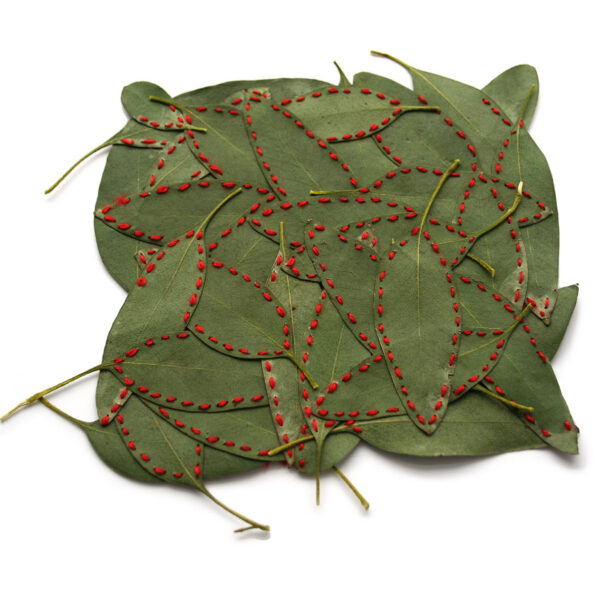
What are some of your favorite natural materials to work with?
"I like to work with linen and I’ve been growing my own flax on the allotment. This is quite a challenge to get from seed to spun fibre, but it has really extended my appreciation of how we would have produced our textiles in the past. The linen fibre I can make is very different from a commercially produced linen, so what I can do with it is affected. I like to work within a set of parameters as this can push me creatively. I’ve really enjoyed getting to know some of the less-obvious materials available on my allotment – dandelions, for instance, which have lovely shiny stems when used in soft basketry techniques. I enjoy the process of getting to know a material through working with it. It is only by handling and manipulating a material that you can start to understand the nuances of its possibilities and limitations."
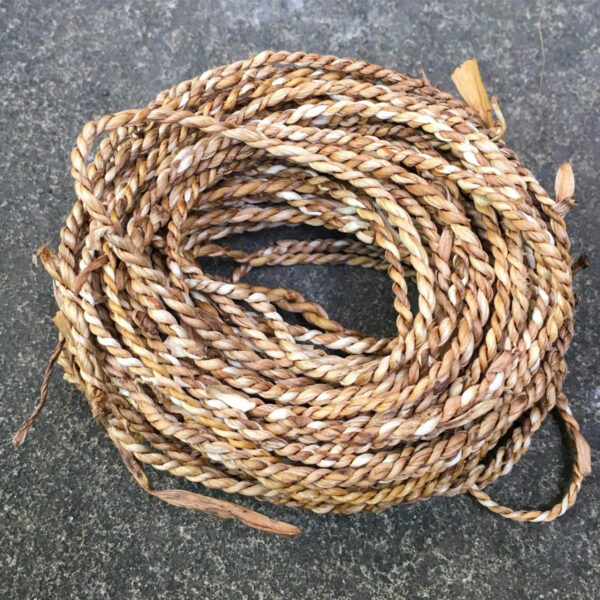
How important is foraging to your creative practice?
"Foraging is important but I’m more an opportunist forager than a strategic one. I tend to gather things that I know I can use when I find them rather than going looking. Being able to use anything from my allotment and having control over what I grow, how much and when to pick things as great."
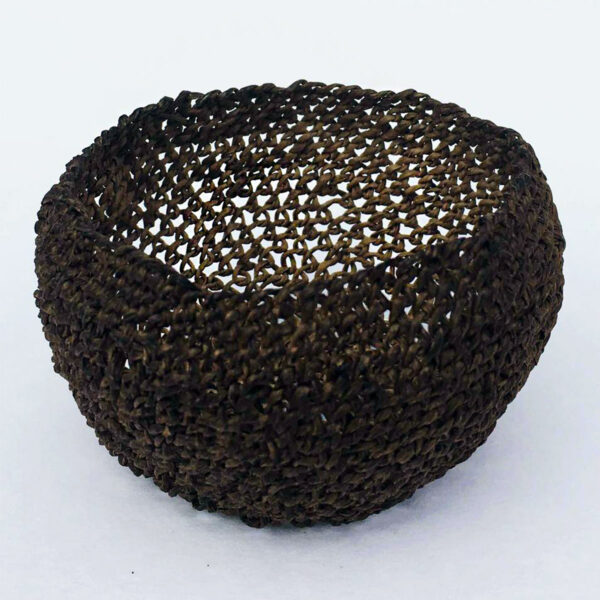
What are your thoughts on weeds?
"'Weeds’ is a derogatory term for a plant growing in the wrong place. ‘Wild plants’ is a nicer way of thinking about them. I am trying to use things that are classed as weeds just as much as I might use the things I plant – there are possibilities with weeds just as much as cultivated plants. Wild plants are the key to biodiversity, providing food for invertebrates and all the rest of the food chain beyond."
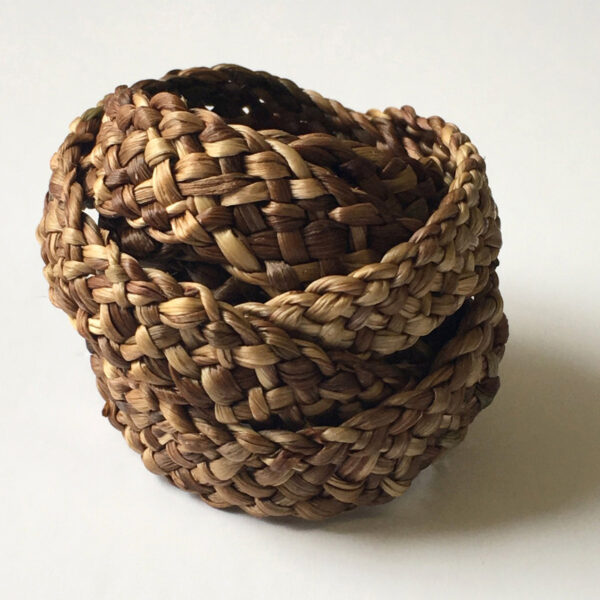
You have a very interesting approach to materials, manipulating, or deconstructing a plant in many ways to experiment with techniques like cordage, dyeing, stitching, and weaving. How do you discover what a material is capable of?
"There are some materials for which it is obvious how to use them or have a tradition of use for fibre, color, etc. By exploring some of these more established properties I have learned to explore possibilities with less obvious ones. For example, I was using daffodil leaves to make cordage and then realized that my garlic crop, which had been very unsuccessful, might provide leaves for cordage too. This realization opened up all sorts of possibilities and I tried lots of different leaf material. I have done a lot of botanical contact printing with leaves but by undertaking to record the plot each week for a year I was led to try the technique with plants that I wouldn’t otherwise have bothered with."
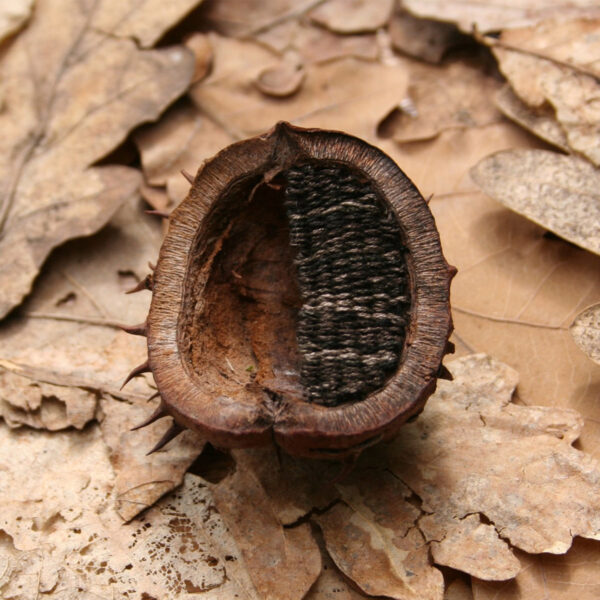
What is one lesson you have learned from the natural world?
"The healing power of the natural world is something I really appreciate. To spend time outside, even for a short time can be so restorative and therapeutic. To be able to grow food, make work, connect with nature and for all of those elements to be intertwined feels a very positive way to live."
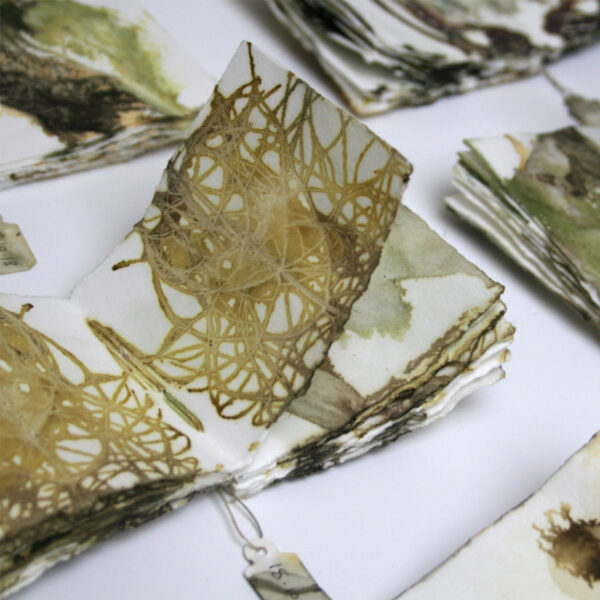
As well as studying your MA in Creative Practice, you also teach regular workshops – what is it about teaching that you are drawn to?
"Teaching is a necessary part of making a living as an artist. But it isn’t only about the money: sharing my experience and the processes I use can be very rewarding and feeds back into other areas of my practice. Having to explain my work to others makes me more succinct in describing my practice and answer questions that I wouldn’t otherwise ask myself. This forms a useful addition to the on-going reflection that I do on my practice. Sharing my experience of techniques and fostering an attitude of care and attention in others is a way of spreading the values I have underpinning my own practice."
If you were a plant, what would you be?
"I have a lot of respect for nettles – they provide possibilities for color, fibre, and food for us, as well as many other organisms."
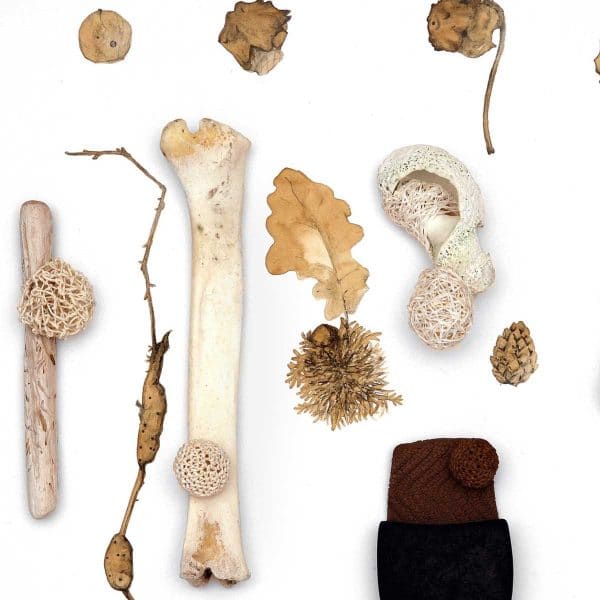
Interview for The Planthunter by Lucy Munro

